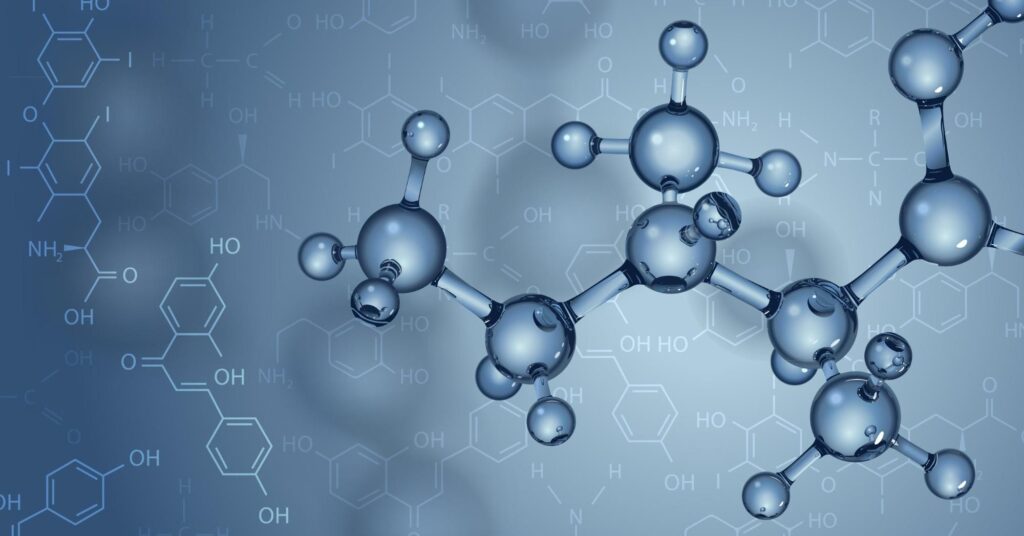Are you curious to know what is fajans rule? You have come to the right place as I am going to tell you everything about fajans rule in a very simple explanation. Without further discussion let’s begin to know what is fajans rule?
What Is Fajans Rule?
Chemical bonding is a fundamental concept in chemistry that governs how atoms interact and combine to form compounds. Fajans Rule, named after the Polish-American chemist Kazimierz Fajans, is a valuable principle that helps predict the type of chemical bonding in certain compounds. In this blog, we will explore Fajans Rule, its historical background, and its significance in understanding chemical bonding.
The Historical Context
Kazimierz Fajans, a renowned chemist born in Poland in 1887, made significant contributions to the field of chemistry during the early 20th century. Fajans is best known for his work on ionic and covalent bonding, particularly his development of Fajans Rules, which helped explain the nature of chemical bonding in various compounds.
Fajans Rule Basics
Fajans Rule primarily pertains to the prediction of whether a chemical compound exhibits predominantly ionic or covalent bonding based on the characteristics of the elements involved and their respective ions. It is particularly useful for compounds containing elements from Groups 1 and 2 (alkali and alkaline earth metals) and elements from Groups 16 and 17 (chalcogens and halogens).
Key Components Of Fajans Rule:
- Size of Ions: Fajans Rule considers the relative sizes of the cation (positively charged ion) and anion (negatively charged ion) in a compound. Specifically, it focuses on the size difference between the two ions.
- Charge of Ions: The charge on the ions involved in the compound also plays a crucial role. Fajans Rule is most applicable to compounds with cations and anions of similar charges.
- Polarizability: Polarizability refers to the ability of an ion to distort the electron cloud of an adjacent ion. Ions with higher polarizability can lead to more covalent character in the compound.
Fajans Rule In Action
Fajans Rule can be applied to various chemical compounds, but it is most commonly used for compounds containing metal cations from Groups 1 and 2 and non-metal anions from Groups 16 and 17. Here’s how it works in practice:
- Size Difference: If the size difference between the cation and anion is significant (e.g., a small cation and a large anion), the compound is more likely to exhibit covalent character. This is because the smaller cation can polarize the electron cloud of the larger anion.
- Charge Consideration: When the charges on the ions are similar, the compound is also more likely to have covalent characteristics. For example, in compounds with divalent cations (2+ charge) and divalent anions (2- charge), covalent bonding is expected.
- Polarizability Influence: As the polarizability of ions increases, the covalent character of the compound becomes more pronounced. Larger ions with loosely held electrons are more polarizable.
Significance Of Fajans Rule
Fajans Rule serves as a valuable guideline in predicting the type of chemical bonding in compounds, helping chemists understand the nature of interactions between elements. It aids in explaining the transition from purely ionic bonding to more covalent bonding in certain compounds, which is particularly relevant in the study of inorganic chemistry.
Conclusion
Fajans Rule, named after the eminent chemist Kazimierz Fajans, is an important principle in the realm of chemical bonding. It provides insights into the nature of bonding in compounds, especially those involving elements from Groups 1, 2, 16, and 17. By considering factors such as ion size, charge, and polarizability, Fajans Rule enhances our understanding of the continuum between ionic and covalent bonding, enriching the field of chemistry and guiding researchers in their exploration of chemical compounds and their properties.
FAQ
What Is The Fajan’s Rule?
According to Fajans’ rule, an ionic bond is formed by a compound with a low positive charge, a large cation, and a small anion, whereas a covalent bond is formed by a compound with a high positive charge, a small cation, and a large anion.
What Chapter Is Fajan’s Rule Class 11?
Chemical Bonding and Structure Class 11 | #2 Chemistry Chapter 4 | Ionic Bond | Fajan’s Rule – YouTube.
Which Is Most Ionic According To Fajan’s Rule?
According to Fajan’s Rule, Greater is the charge on the cation, greater will be the covalent character in the bond. Since, NaCl has low charge on cation(Na+) it has the most ionic character.
What Is Polarising Power?
The ability of a cation to distort the electron density of anion towards itself or we can say that ability of cation to pull the electron density of anion towards itself is known as Polarizing power. And the tendency by which the anion undergoes polarization is known as Polarizability.
I Have Covered All The Following Queries And Topics In The Above Article
What Is Fajans Rule Class 11
Fajans Rule Bsc 1st Year
Fajans’ Rule Pdf
Fajans’ Rule Example
Fajans’ Rule Notes Pdf
Application Of Fajans Rule
Fajans’ Rule Simple Definition
Fajans’ Rule Notes
What Is Fajans Rule
What is the Fajan’s rule



